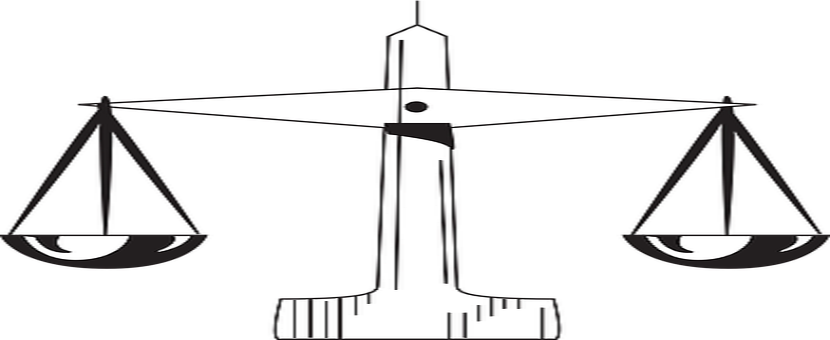Obaro v. Hassan [2013] 8 NWLR (Pt. 1357) 425 at 449, paras. D-F, per Ariwoola, JSC:
“…The issuance of a Writ of Summons…under Undefended List Procedure cannot precede the order of Court so to do. In other words, contrary to the misconception of the Appellant, even though the Writ of Summons is issued by the Registrar, he cannot issue one before the court so orders. It is a judicial function that cannot be delegated to an officer… Such a Writ of Summons that was issued before judicial decision so to do, upon consideration of an application becomes incompetent and will ordinarily rob the trial Court of its competence to try the matter. It is like a Notice of Appeal, which requires leave before being filed, to be filed without leave of court, it shall be incompetent and be so declared by the court as a nullity… Writ of Summons therefore being an originating process must be initiated properly to enable the court assume jurisdiction over the matter.”
Notes:
The Undefended List Procedure is a special procedure adopted mostly at the Federal High Court where a claimant believes the defendant does not have any valid defence to the action. It is like a Summary Judgment Procedure as contained under the High Court of Lagos State (Civil Procedure) Rules. The point being made is that any Writ of Summons for Undefended List Procedure must be issued pursuant to a prior order of court being obtained, otherwise the Writ would be void.
The procedure for seeking the order is by filing an application ex parte, with the proposed Writ of Summons attached. Once the order is granted, the claimant may now proceed to the registry with a copy of the order for the issuance and filing of the Writ. By this application, the Judge would consider the accompanying affidavit to determine whether indeed the suit qualifies, on the surface, to be placed under the Undefended List Procedure.
Upon being served with the Writ of Summons and other front-loaded processes now filed, the defendant may file a counter-affidavit showing that he has a valid defence to the suit. If the Court is satisfied, it may order that the matter be transferred to the general cause list and direct that pleadings be filed.














